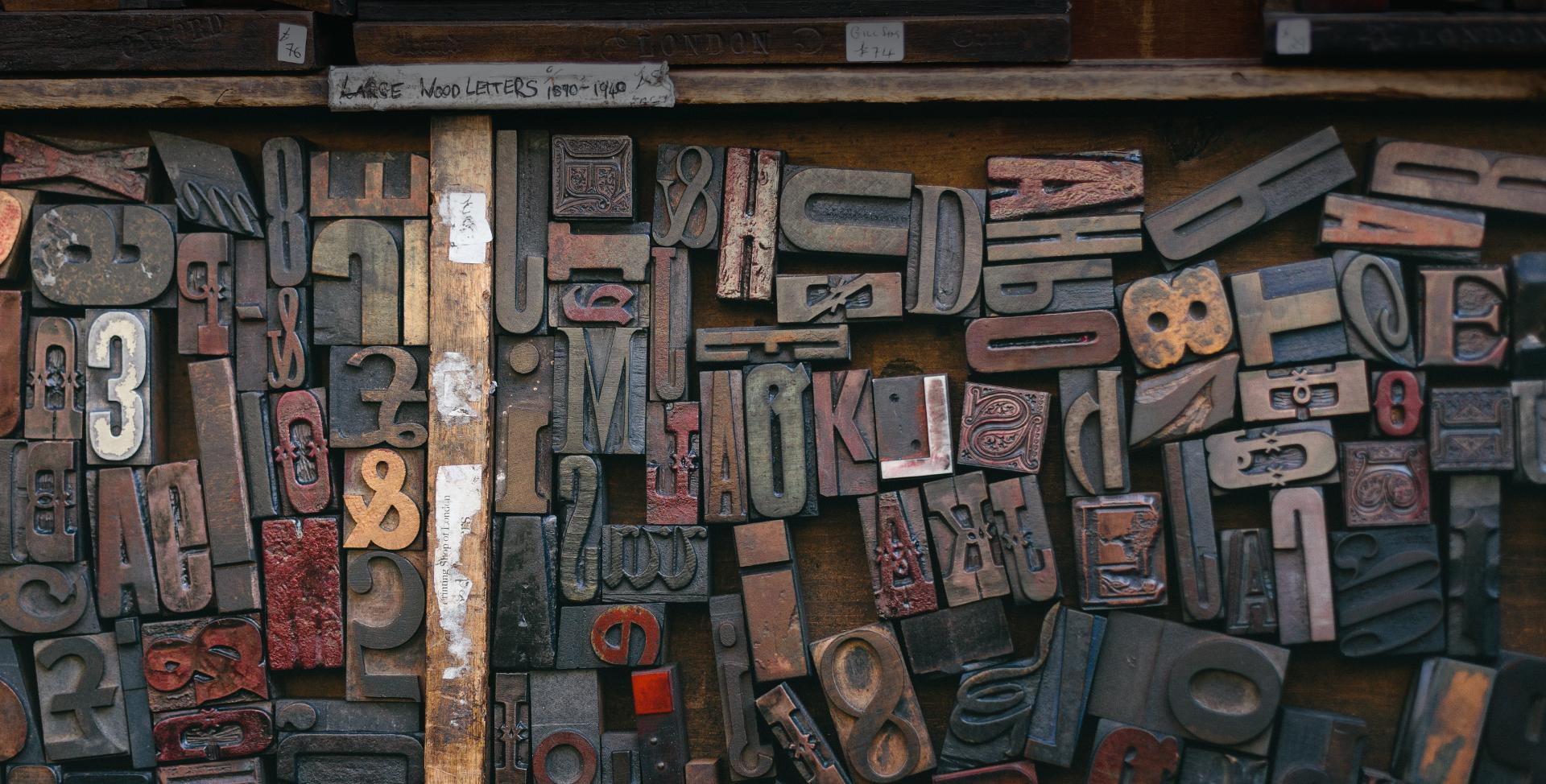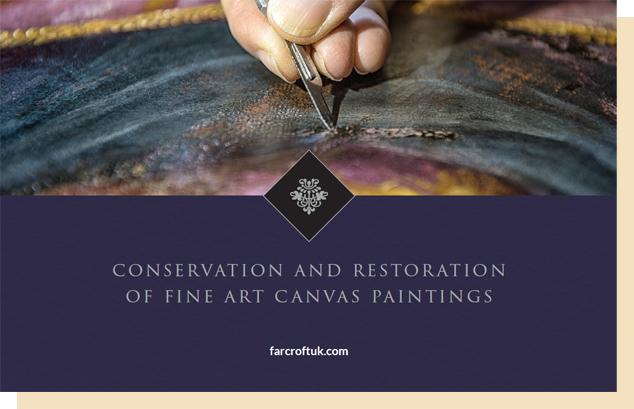
Chandelier Restoration Explained
Early chandeliers evolved from candelabra, when more light was needed for a larger room. They were typically round or crown shaped, with holders for candles and some mechanism such as a rope and eye or pulley to allow the chandelier to be lowered and raised.
This basic shape has remained the most common, though electric lights of various kinds have replaced candles and the wiring for the electricity commonly goes up through the middle of the chandelier into the ceiling. It is less common to see modern or large and heavy chandeliers raised and lowered by hand.
When considering a lighting restoration project, a logical first step is to consider planned usage and historical accuracy. Restoration specialists and conservationists can find information through standard historical research on the original types of lighting for the period and the building type; most buildings that have been used as homes have undergone redecorating at various times since originally built. So restoring a room to the original style, with period specific fixtures, may not be the same thing as restoring an interesting and unique chandelier.
Lead crystal and blown glass chandeliers are the epitome of beauty and luxury, and their value depends on the unique nature of the design, the provenance, and the way the chandelier is maintained over time. Crystal and glass both reflect light, and faceted crystal refracts light into colour. The most exceptional lead crystal chandeliers have been made, and are currently still being made by hand, by Baccarat in France and Waterford in Ireland. There are other makers of lead crystal, but these two companies have maintained highest quality standards of hand cut crystal chandeliers and other decorative lighting designs over time.
When a lead crystal chandelier needs to be renovated and repaired, it is usually also updated with new electric wiring. In many instances, with extensive needed repair, the piece needs to be disassembled and shipped to the workshop to be repaired. With less major work, on-site restoration can be done. For both Baccarat and Waterford, they maintain detailed design libraries and crystal moulds, so a missing or broken piece can be repaired properly.
In addition to the light reflecting and refracting properties of lead crystal chandeliers, Murano glass chandeliers are a unique and beautiful example of the art of lighting. Murano glass chandeliers are usually hand made and formed, with multiple colours and metal leaf incorporated into the glass. Figurative elements, such as flowers, leaves, birds and other animals, are formed to make designs that are whimsical and beautiful, as well as quite unique to the maker. Murano workshops also maintain techniques and period crafts records, so restoration work will first attempt to determine the glassmaker who designed and made the unique chandelier, and then plan for careful restoration and replacement of missing parts.
Cut crystal tends to be elegant and formal; blown glass like Murano glass can be organic and frankly beautiful. Both of these styles and materials are the best examples of chandelier art, because the nature of the materials means small amounts of light can be thrown far and wide.
Can we assist you in a chandelier restoration? Farcroft has specialist restorers who can visit onsite and make a determination and estimate. If needed, craftsmen can handle dismantling, packaging and safe transport of large chandeliers to the workshop. Please contact us for questions or for an appointment.


 For additional information about fine art conservation and restoration read our ebook where we look into further science and art of conserving the artwork of history.
For additional information about fine art conservation and restoration read our ebook where we look into further science and art of conserving the artwork of history.
